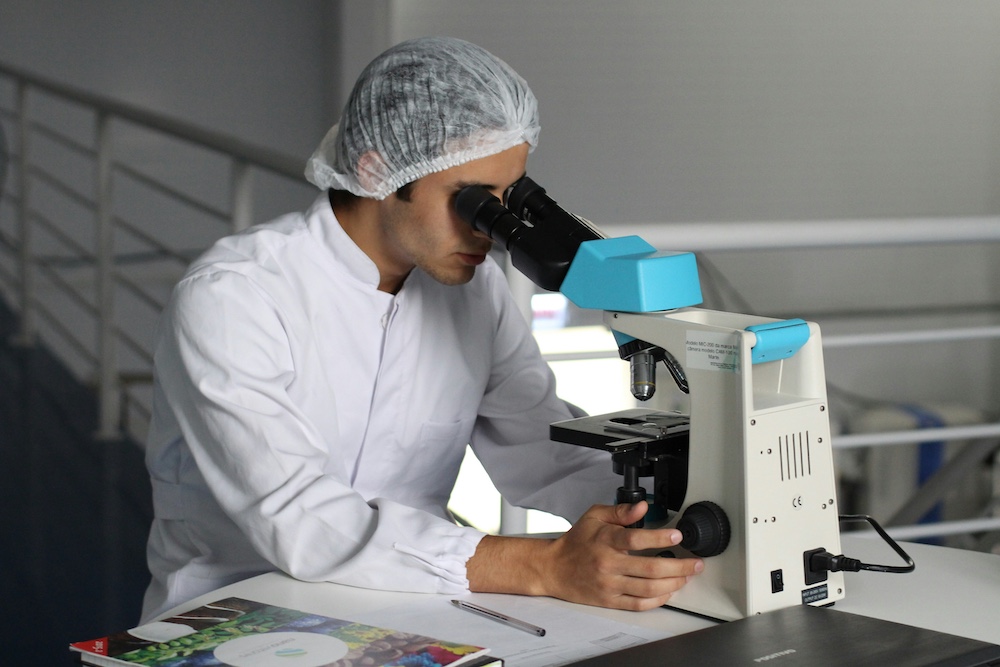Medical

Medical & Healthcare
Medical informatization refers to the digitization, networking and informatization of medical services. It refers to the collection, monitoring, processing, extraction and data exchange of patient information and management information between hospitals departments affiliated to hospitals through data center, and meet the different demands of all authorized users.
Why choose us
Since 2010, we have been the No.1 memory module manufacturer in China.
Reliability
Puskill memory sticks are engineered for consistent performance and data integrity, ensuring your valuable files are always safe and accessible.
Performance
Experience rapid data transfer speeds with Puskill, significantly reducing wait times whether you're moving large files or launching applications.
Durability
Built with high-quality materials and robust construction, Puskill memory sticks are designed to withstand daily wear and tear, protecting your data on the go.
Compatibility
Puskill memory sticks offer broad compatibility with a wide range of devices, guaranteeing a seamless plug-and-play experience for all your needs.
Popular questions
What kind of medical equipment uses RAM?
RAM is used in a wide range of medical devices, including:
Imaging devices: MRI machines, CT scanners, and ultrasounds rely on RAM to process and display complex images quickly.
Patient monitoring systems: These systems use RAM to constantly track and analyze a patient’s vital signs.
Surgical robots: RAM is essential for the real-time processing of data that controls the robot’s movements.
Laboratory equipment: Devices that perform blood tests and other analyses need RAM to manage data and generate results.
What is RAM, and why is it important in medical devices?
RAM stands for Random Access Memory. It’s a type of computer memory that medical devices use to store data temporarily, allowing them to perform tasks quickly. This is crucial for medical equipment because it needs to process large amounts of data in real time, from high-resolution images to patient vital signs. Without enough fast RAM, devices would be slow and inefficient, which could impact patient care.
Is there a difference between standard RAM and RAM for medical devices?
While the core technology is the same, RAM used in medical devices often has stricter requirements for reliability and durability. Medical-grade RAM is typically designed to withstand a wider range of temperatures, vibrations, and other environmental factors. It may also have built-in error-correcting features to ensure data integrity, which is critical in a clinical setting.
How much RAM do medical devices need?
The amount of RAM required depends on the specific device and its function. For example, an advanced MRI machine that generates high-resolution images will need significantly more RAM than a simple patient monitor. The trend in medical technology is toward more complex, data-intensive applications, so devices are being designed with more RAM to handle these demands.
What happens if the RAM fails in a medical device?
A RAM failure can lead to several problems, depending on the device:
Data loss or corruption: This is a major concern, as it could affect patient records or diagnostic images.
System crashes or freezing: The device could stop working, potentially interrupting a procedure or monitoring session.
Reduced performance: The device may slow down or become unresponsive, making it difficult to use.
How is the reliability of RAM for medical devices ensured?
Manufacturers of medical equipment and RAM suppliers follow strict quality control and testing protocols. This includes:
Stress testing: RAM modules are tested under extreme conditions to ensure they can handle the demanding environment of a medical facility.
Error-correcting code (ECC): Many medical-grade RAM modules use ECC to automatically detect and correct data errors.
Compliance with industry standards: Devices and their components must meet specific regulatory standards, such as those from the FDA, to ensure safety and effectiveness.
Do you have any other questions about how RAM is used in medical devices?
